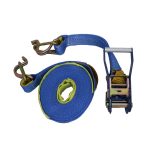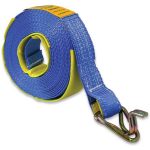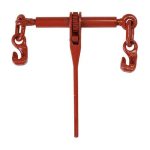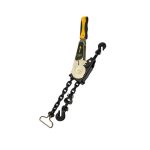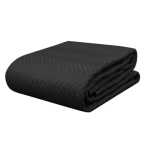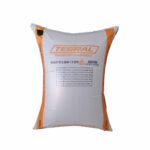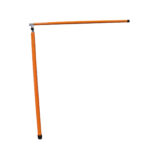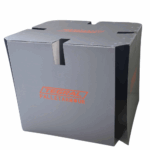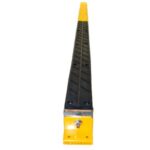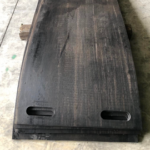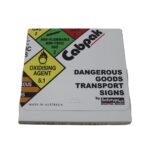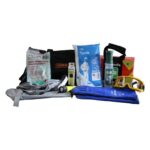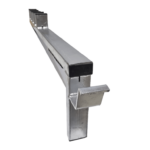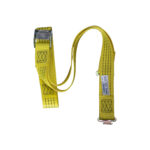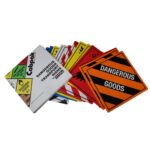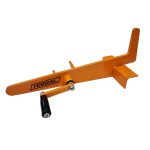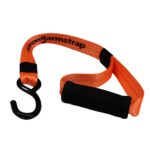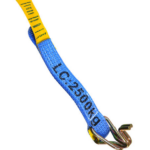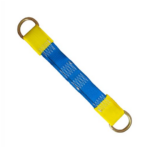Loading cargo on a shipping container is not that easy to execute. Filling it is like assembling a 3D puzzle and putting the pieces together in the right place will save you great costs.
The safety of our contents mostly depends on the proper loading. Appropriate loading is as important as packing your goods; therefore, it is non-negotiable.

To guide you to proper container loading, here are the steps to check.
- Make use of a load planning software
A skilled load planner typically uses graph paper, ruler, and pencil to determine how to best fit loads into a container. But this takes time and effort and energy to calculate effectively and accurately.
Today, thanks to Science and Technology, there is software available that quickly produces an accurate and correct loading plan.
Examples of this software available are:
- GOLDesp Load Planner
- CargoWiz
- Cargo Optimizer Enterprise
- Check your pallets
Make sure your pallet is not rotted or damaged beyond use. A damaged pallet will only get worse through handling, so scrap it now before it damages your products. All pallets going overseas must comply with ispm15 regulations to pass customs fumigation. This is an important consideration for packing containers.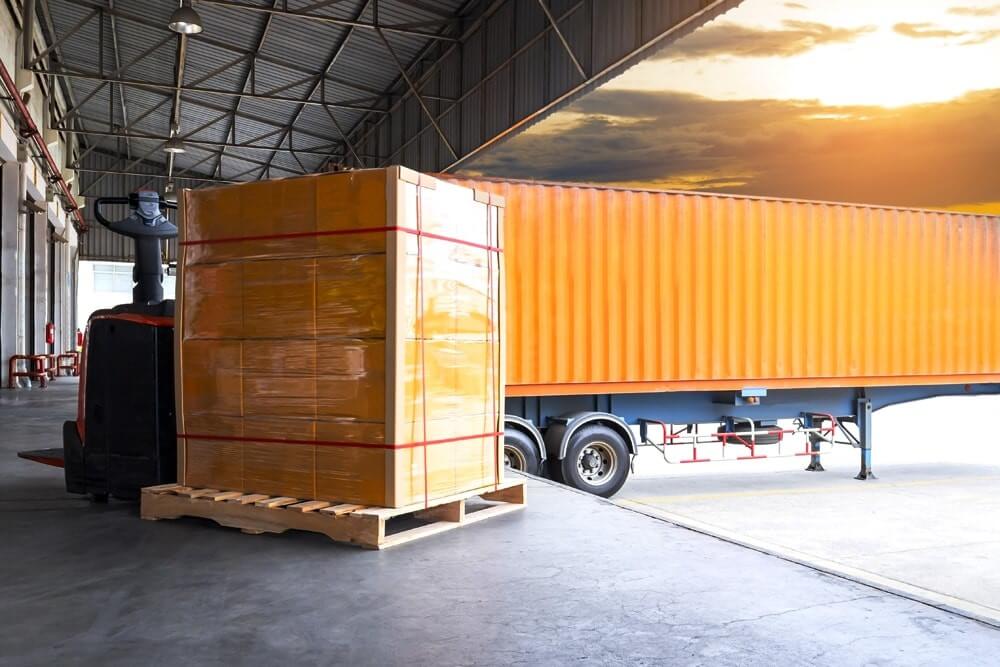
- Choose the right containers
Utilize the capacity of a shipping container. Make sure that pallets are fitted correctly and will maximize the amount of product on the load. It is important to consider the size and weight of the container because 40-ft container loads can fit a 20-ft load when managed and planned correctly and to avoid excess costs.
- Be creative in packaging your loads
Study the products that are ready to be loaded. Square and rectangular products are the easiest to load while irregular-shaped products will be more troublesome. These can be grouped to save room.
- Be organised.
Place the products uniformly onto the pallets and make sure to keep the arranged evenly inside the container. Try to centralise the weight of the goods as much as possible, this will remove the chance of load shift during transport due to a weight imbalance.
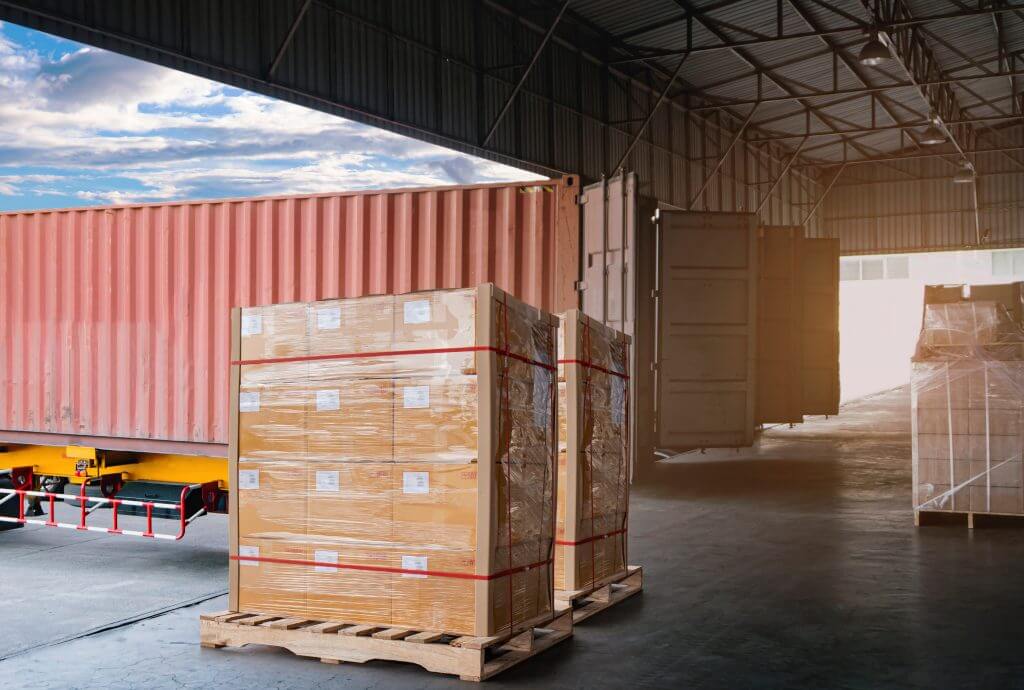
- Secure the products
It is very important to not just organise the loads inside the container but also to secure them. Use the Tegral Ratchet Straps to secure your loads. Strap the loads tightly and it is now ready to go.
If you’re about to ship your products using containers, follow the guides given above and use Tegral Load Restraining products to ensure and secure your products are delivered undamaged.




